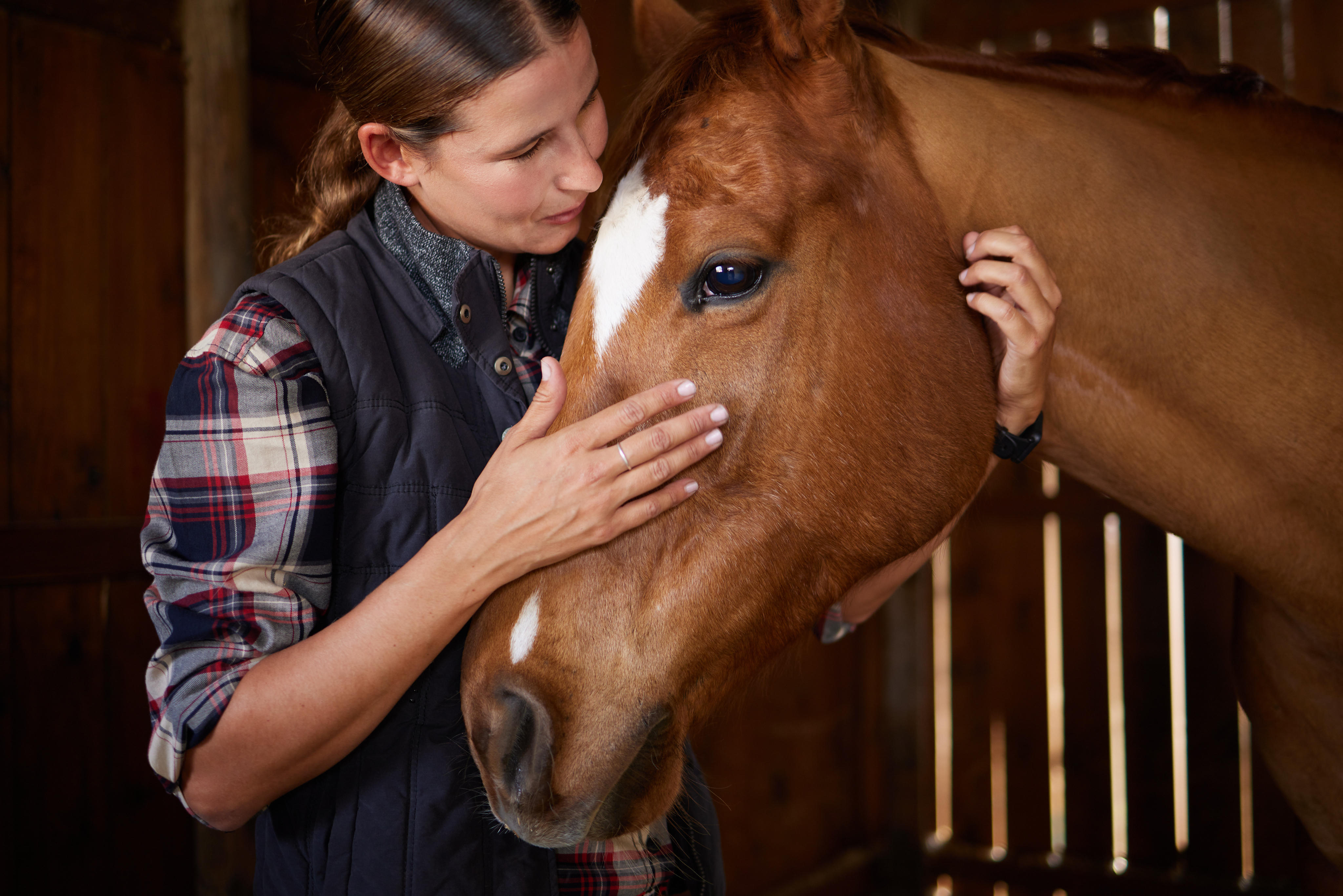Mometamax Single™
(gentamicin, posaconazole, and mometasone furoate otic suspension)
Product Description
Discover a convenient single-dose, in-clinic treatment for canine otitis externa. With a novel combination of active ingredients, this treatment provides the best of 3 worlds.
The “Buy Now” will take you directly to Vetcove. If you do not have a Vetcove account please contact your sales representative.
Features & Benefits of Mometamax Single™
Unique Indication
The only single-dose treatment approved to treat Pseudomonas aeruginosa
More Options
A simple solution when in-clinic administration is best
Triple Action
Antibacterial, antifungal, and anti-inflammatory formula
Long-lasting Relief
Highly effective for more than 4 weeks1
Novel Combination of 3 Trusted Ingredients
One dose of Mometamax Single delivers the broadest spectrum of activity available for in-clinic use.
Product Specifications
Administration
Designed with a dog’s ear anatomy in mind, the 0.8-mL dose uses the flow of gravity to coat the external ear canal.
Indication
Mometamax Single is indicated for the treatment of otitis externa associated with susceptible strains of yeast (Malassezia pachydermatis) and bacteria (Staphylococcus pseudintermedius and Pseudomonas aeruginosa) in dogs.
Supplied
Multidose vial contains 20 doses, and packaging includes 20 single-use syringes for administration. No refrigeration needed.
Safety
One-dose treatment is effective, well-tolerated, and proven safe in dogs.1
Unique Ingredients Deliver Unmatched Benefits
Make Mometamax Single™ your first choice for in-clinic otitis treatment.
All trademarks are property of their respective owners.
Relief That Delivers on Safety
Reliable efficacy in a single 0.8-mL dose.
Well-tolerated1
There were no adverse reactions directly attributable to administration of Mometamax Single.
Normal lab results1
No clinically relevant treatment-related findings were noted in blood work and urinalysis.*
No ototoxicity seen1
No ototoxicity was seen when dosed up to 5x the labeled dose every 2 weeks for 3 doses.
*Dogs were administered a series of 3 doses of Mometamax Single (0.8 mL) at 2-week intervals for the study.
Update Your In-Clinic Treatment
‡Highest percentage of treatment success at the respective study end point compared with any other in-clinic otitis treatment
§Compared with control dogs
How to Apply
Clean and dry the external ear canal. Shake the bottle vigorously for 15 seconds before each application.
- Remove the cap from the bottle, and insert the syringe with the attached adapter by pressing it firmly into the top of the bottle using the attached syringe.
- Invert the bottle and draw up 0.8-mL. Leave adapter in the bottle.
- Place the tip of the syringe at the entrance of the external ear canal and administer the 0.8-mL dose. The applied dose will flow into the ear canal.
- After application, gently massage the base of the ear to ensure distribution of the product, and restrain the dog to minimize head shaking. Use a new syringe for each affected ear.*
*See Prescribing Information for full administration instructions.
Downloads
Download this PDF to print or share as a helpful resource on the benefits of Mometamax Single.
Disease Information
WHAT IS CANINE OTITIS EXTERNA?
Otitis externa is inflammation of the external ear canal. It is a common problem that affects nearly 13% of dogs.11
WHAT ARE THE CLINICAL SIGNS OF OTITIS EXTERNA?
- Inflammation/reddening (erythema)
- Scratching/itching (pruritus)
- Head shaking
- Heat
- Pain
- Foul smell (malodor) from the ear
- Discharge (inflammatory exudate) present in and around the external ear canal
- Hearing loss
WHAT ARE THE PRIMARY CAUSES?
Primary causes that incite inflammation:
- Atopic dermatitis
- Adverse food reaction
- Hypothyroidism
- Parasites
- Masses or neoplasia
Most dogs develop otitis externa because of allergies to environmental substances. The allergic reaction makes the ear itchy. Dogs respond by scratching, which damages the lining of the ear canal. Yeast and bacteria then seize the opportunity and infect the skin.
WHAT ARE THE RISK FACTORS?
Predisposing factors that increase the risk of otitis externa:
- Conformation: Stenotic canals, pendulous pinnae, hair overgrowth
- Moisture: Swimming, hot/humid climates
Chronic pathological changes can occur when the primary cause of otitis externa is not well controlled, further perpetuating the disease.
EXPLORE OUR FULL RANGE OF OPTIONS FOR TREATING OTITIS EXTERNA.
Learn moreImportant Safety Information
Mometamax SingleTM is for otic use in dogs only. Do not use in cats. Mometamax Single should be administered by veterinary personnel. Do not use in dogs with known tympanic membrane perforation. The integrity of the tympanic membrane should be confirmed before administering the product. Reevaluate the dog if hearing loss or signs of vestibular dysfunction are observed during treatment. Do not use in dogs with known or suspected hypersensitivity to gentamicin, posaconazole, or mometasone furoate. Avoid contact with eyes. For complete instructions and safety information, refer to the product label.
References
- Mometamax Single. Product label. Merck Animal Health; 2025.
- Bourdeau P, Marchand AM, Etore F. In vitro activity of posaconazole and other antifungals against Malasszia pachydermatis isolated from dogs. Vet Dermatol. 2004;15:46. doi:10.1111/j.1365-3164.2004.00414_17.x
- Paterson S. Topical ear treatment – options, indications, and limitations of current therapy. J Small Anim Pract. 2016;57:668-678.
- Lyskova P, Vydrazalova M, Mazurova J. Identification and antimicrobial susceptibility of bacteria and yeasts isolated from healthy dogs and dogs with otitis externa. J Vet Med A Physiol Pathol Clin Med. 2007;54(10):559-563.
- Ludwig C, de Jong A, Moyaert H, et al. Antimicrobial susceptibility monitoring of dermatological bacterial pathogens isolated from diseased dogs and cats across Europe (ComPath results). J Appl Microbiol. 2016;121(5):1254-1267. doi:10.1111/jam.13287
- Bourély C, Cazeau G, Jarrige N, et al. Antimicrobial resistance patterns of bacteria isolated from dogs with otitis. Epidemiol Infect. 2019;147:e121. doi:10.1017/S0950268818003278
- Peano A, Johnson E, Chiavassa E, Tizzani P, Guillot J, Pasquetti M. Antifungal resistance regarding Malassezia pachydermatis: Where are we now? J Fungi. 2020;6(2):93. doi:10.3390/jof6020093
- Claro. Package insert. Elanco; 2022.
- Osurnia. Package insert. Dechra; 2022.
- Freedom of Information Summary, NADA 141-600.
- State of Pet Health® 2016 Report. Banfield Pet Hospital. Accessed April 7, 2025. www.banfield.com/state-of-pet-health
- Nuttall T. Managing recurrent otitis externa in dogs: what have we learned and what can we do better? J Am Vet Med Assoc. 2023;261(S1):S10-S22. doi:10.2460/javma.23.01.0002
- Petrov V, Zhelev G, Marutsov P, et al. Microbiological and antibacterial resistance profile in canine otitis externa – a comparative analysis. Bulg J Vet Med. 2019;22(4):447-456. doi:10.15547/bjvm.2151
- Zur G, Lifshitz B, Bdolah-Abram T. The association between signalment, common causes of canine otitis externa and pathogens. J Small Anim Pract. 2011;52(5):254-258. doi:10.1111/j.1748-5827.2011.01058.x
- Oliveria LC, Leite CA, Brilhante RS, Carvalho CB. Comparative study of the microbial profile from bilateral canine otitis externa. Can Vet J. 2008;49(8):785-788.




 Go To United States
Go To United States Algeria
Algeria Argentina
Argentina Australia
Australia Austria
Austria Bahrain
Bahrain Belgium (Dutch)
Belgium (Dutch) Brazil
Brazil Canada (English)
Canada (English) Chile
Chile Colombia
Colombia Croatia
Croatia Czech Republic
Czech Republic Denmark
Denmark Ecuador
Ecuador Egypt
Egypt Finland
Finland France
France Germany
Germany Greece
Greece Hungary
Hungary India
India Indonesia
Indonesia Iraq
Iraq Ireland
Ireland Israel
Israel Italy
Italy Japan
Japan Jordan
Jordan Kuwait
Kuwait Lebanon
Lebanon Malaysia
Malaysia Mexico
Mexico Morocco
Morocco Netherlands
Netherlands New Zealand
New Zealand Norway
Norway Oman
Oman Panama
Panama Peru
Peru Philippines
Philippines Poland
Poland Portugal
Portugal Qatar
Qatar Romania
Romania Russian Federation
Russian Federation Saudi Arabia
Saudi Arabia South Africa
South Africa South Korea
South Korea Spain
Spain Sweden
Sweden Switzerland (French)
Switzerland (French) Taiwan
Taiwan Thailand
Thailand Tunisia
Tunisia Turkey
Turkey Ukraine
Ukraine United Arab Emirates
United Arab Emirates United Kingdom
United Kingdom Uruguay
Uruguay Yemen
Yemen Global
Global